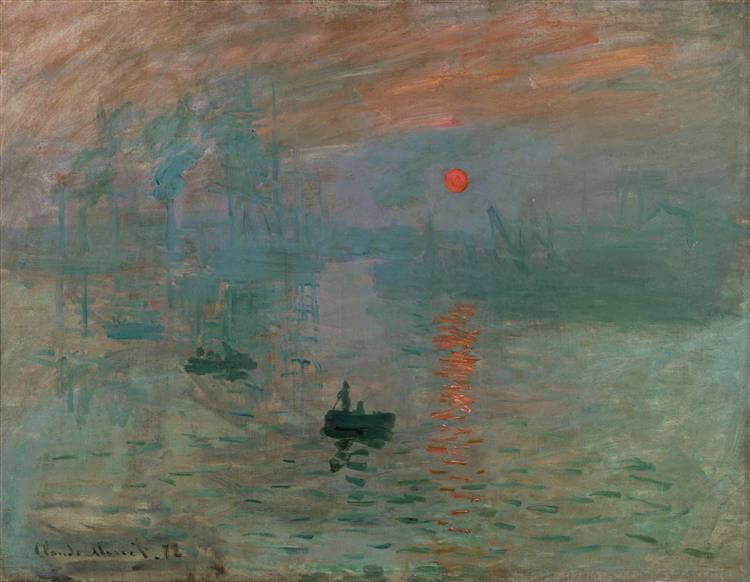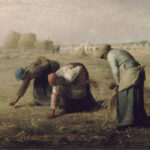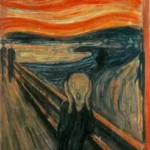The Birth of Impressionism: Breaking Away from Academic Traditions
Impression art movement is viewed as the first art movement, in the second half of the 19th century. During this art movement the artist completely refused to follow the academic traditions which was the artist working in the studio these artists started to paint outdoors at a specific time of the day. The name of this art movement was named after painting of Claude Monet’s during 1874 which title was “The Impressionism Sunrise’’ the art critic Louis Leroy said that this painting feels like an impression. The impressionist rejected artwork subject matter instead their main focus of interest was problem of the vision. Like the realist who were showing nature as accurate as the eye sees, the impressionist didn’t show that instead their main focus of interest became the light.
From Realism to Impressionism: Shifting Focus to Light and Sensation
The impressionist focused on the impressionism, sensation and the feeling. The impressionist didn’t show realistic recreation of the subject matter instead they wanted to show the fleeting feeling of the subject. Before the impressionism movement artist worked in their art studio still life and portraits as well as landscapes, meanwhile these artists wanted to the momentary effect of light on the subject matter. These artists painted Landscapes, and scenes from modern urban and suburban life. The started to reject old themes like historical and mythological these subject matters were never shown in their work.
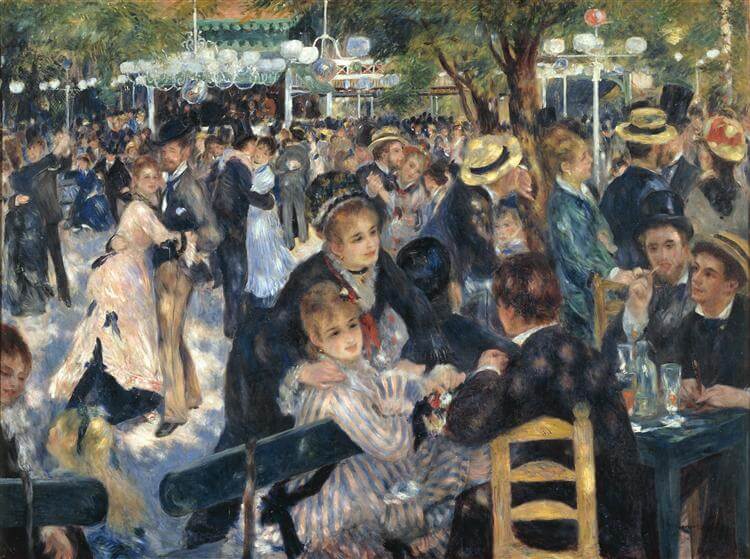
Techniques of the Impressionists: Brushstrokes, Color, and Asymmetry
The key characteristics of this art are color was more modified by the quality of the light which can be see by the contrasts of the colors and by the other objects reflections. During this art movement blood and bright colors was used artist was able to obtain rainbow color palette during this movement. For the shadows artist often avoid to use direct black color for the shadow instead they used complimentary hues of the color that was used in the artwork. They used small brushstrokes to capture the accurate depiction of light in their artwork. These artists used broken brushstroke technique, they used primary colors and their complimentary colors. The influence of Japanese ukiyo-e art prints is evident in Impressionism in its asymmetrical composition. They used colors like red and orange for sunrise and sunsets, Purple and violet for the shadows, yellow for sunlight and green and blue for landscapes.
Key Artists of the Impressionist Movement: Monet, Manet, Renoir, Degas, and Sisley
Key artists of this art movement art Claude Monet, Manet, Renoir, Degas, and Sisly. The artist Edward Manet was the bridge between realism and impressionism, he focuses on how to paint rather than what to paint. His emphasize the pictorial value in his work. His most famous artwork is Luncheon on the Grass. Then comes Degas another important artist who belonged to the middle class. His committed himself for the depiction of the contemporary life, theaters, smoked filled cafes and the suburbs of the Paris. His most famous painting is the Tub. Claude Monet was the heart of the impression, his highly inspired by his garden of water lilies which caused him to make whole series about them and some murals. In his painting the main key factor was light. His famous art work is Cathedral Lily Pond series. Renoir developed the open-air paintings his most famous work is Moulin de la Galette. And at last, Sisly who was inspired by Corot his most famous artwork is Boat during the flood.
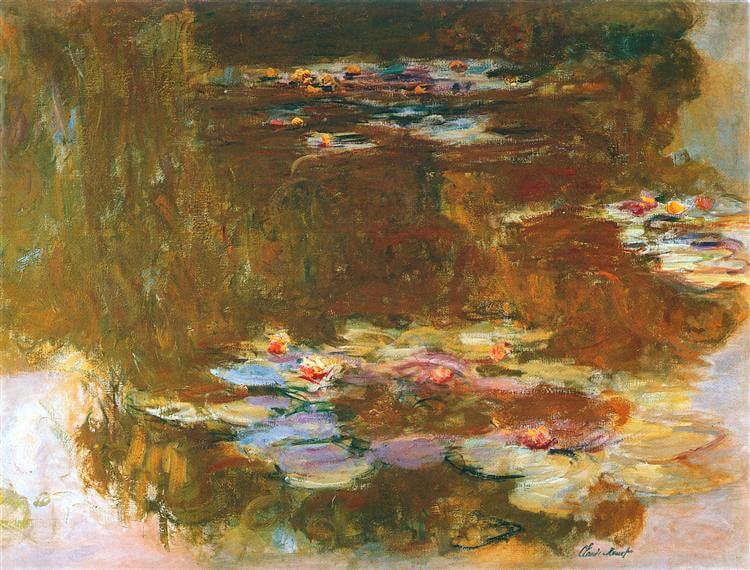
Conclusion
- The artists main focus was the light effect of the canvas.
- During this art movement open air painted were promoted rather than the indoors.
- Artist become concern that how to paint rather than what to paint.
- They wanted to show accurate fleeting effect of the light.


